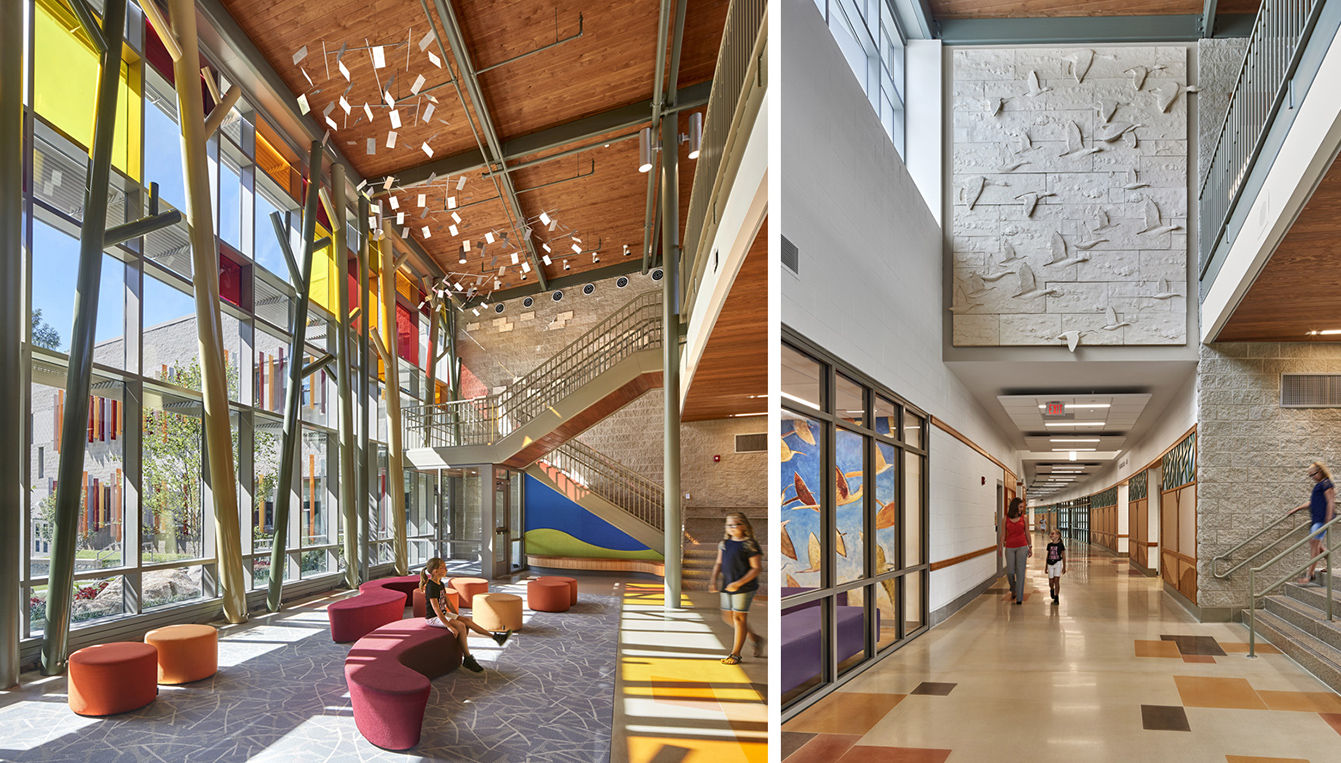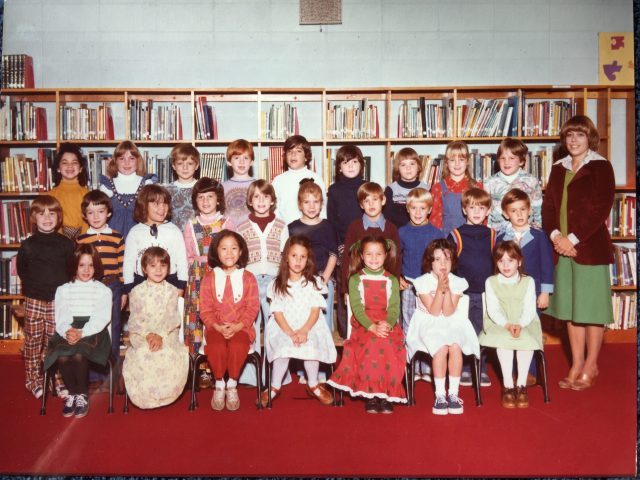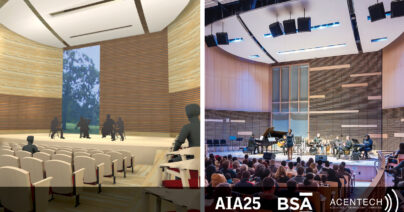In the Summer of 1976, our family moved to a new house down the road from the elementary school where I would attend kindergarten. I knew this, not because the school was visible from the road (it wasn’t), but rather, because the roadway to the school was special; special, in that on the entry road were large dinosaur footprints painted onto the asphalt. Each footprint was probably about 3 feet by 3 feet in size and spaced about 15 to 20 feet apart, heading in the direction of the school. Every time we passed by the school’s roadway that summer, those footprints amazed and thrilled me, because in my 5 year old mind, they meant that a dinosaur was somewhere down that road, maybe even at the school. Those painted footsteps inspired me to be eager to go to that school and find out where those footsteps went.
After starting kindergarten that fall, I learned that the footsteps did not lead to any dinosaurs waiting to play with us. There was a large stone near the school with an actual dinosaur footprint captured from ancient times to prove that such animals had originally roamed the site. But otherwise, that school where I would learn my ABCs and 123s was a fairly unremarkable 1960s era building.
Sandy Hook Kindergarten Class of ’77. (Can you guess which student I am?)
Despite the lack of dinosaurs, this school site was the location of many of my early learning experiences. Beyond my instruction in the alphabet and numbers, a shiny stainless steel slide on the school playground taught me that metal can be REALLY hot in the sunshine. And the baseball field adjacent to the school was where I learned how to pitch, catch and hit, while experiencing the comradery of team sports. Ultimately, the school and its grounds were where many of my early formative experiences occurred.
The horrific events of December 2012 resulted in that school being torn down to allow the town of Sandy Hook to start over. Within the year after, Acentech was honored to learn that a favored client of ours, Svigals, was awarded the contract to create the new Sandy Hook School and had requested our assistance. By every conceivable measure, this design task was fraught with non-architectural challenges and sensitivities that almost no other project introduces to the designers, given the site’s recent tragic history.
Despite these challenges, Svigals engaged the community to hear their thoughts, concerns and ideas for the next, new school. These collaborative meetings developed creative approaches to making the new school different from any before. As the construction was nearing completion, I was very fortunate to visit the school prior to the opening in August 2016. I had the opportunity to experience the results of those collaborative and creative community design meetings and see the exciting ideas for honoring some of the old features of the previous school, while also introducing new elements of inspiration.
The end result was truly special and inspirational. The new Sandy Hook School includes an entry lobby with structural columns that have been designed to look like tree trunks with “branches” that are holding up the building and playfully mimic the woods of the surrounding site. An ornate bas relief of migrating ducks pay homage to a former duck that frequently hatched her ducklings within the previous school’s courtyard (this duck and her ducklings required the assistance of the school staff to walk her ducks in a line through the school when they were ready to head out into their new world!). The new Sandy Hook School has brightly colored windows and shades that filter or block light from outside with bold reds, oranges, and yellows. They create a wonderful palette in combination with a blue sky for the students who gaze out the window. And in front of the school, the original fossils that captured the historic footsteps of dinosaurs were reinstalled to allow the young students the opportunity to view actual evidence of those ancient visitors.
Whether the design would be successful was in the designers’ and administrators’ minds as the date for the opening of the new school approached. During our tour, one of the Svigals architects told a story about a young child from the community on a previous tour in July. The child and their mother was taken around the new school and shown all of the new features. As the tour concluded and the visitors were filing out of the school, the child said they were excited and wanted to come back to the school the next day. When the child was told that they couldn’t return tomorrow (because classes did not start for another month), the excitement turned to sadness and frustration, and tears were shed. While it was sad that the child did not leave with an uplifting mood, it was exciting for the designers to hear that the new school had such a strong reaction, and more importantly, attraction for the youngster.
Congratulations to the Town, design team and contractors to bringing together all of these elements for the benefit of the young children who will call this their new school. And while those previously painted footprints are no longer leading young minds down the roadway, it is clear that the new Sandy Hook School has the elements of inspiration for this and future generations of its students.
 Articles
Articles



